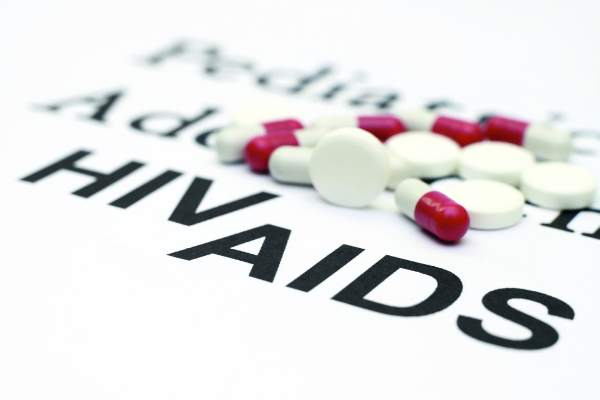A great volume of HIV and AIDS research enters the medical literature every month. It’s difficult to monitor everything, so here’s a quick look at some notable news items and journal articles published over the past few weeks.
A study of the clinic experiences of U.S. veterans living with HIV found that those who were not retained in care experienced barriers to retention involving dissatisfaction with clinic wait times, low confidence in clinicians, and customer service concerns.
A significant increase in fracture incidence was found among 50-59–year-old HIV-positive men, a recent study revealed, highlighting the importance of osteoporosis screening for HIV-infected men older than 50.
A study in AIDS Care found that women were less likely to disclose HIV status to their family members in the HAART era after adjusting for social network type, comfort level of disclosure, time to first disclosure, and length of follow-up time.
Incident drug resistance rates were low with “real-world” use of integrase inhibitor (INSTI)-based regimens by HIV-infected patients, a study in the journal AIDS found, although incomplete ART adherence and low CD4 count were associated with increased resistance rates regardless of which INSTI was prescribed.
A recent study found that HIV-infected and HIV/HCV-coinfected patients in opiate replacement treatment with methadone or buprenorphine require higher methadone doses than those without these infections.
Another study in AIDS found no association between HIV or AIDS diagnosis rates and criminal exposure laws across U.S. states over time, suggesting that these laws have had no detectable HIV prevention effect.
Concerns about memory difficulties, anxiety and depression, as well as gender, ethnicity, financial factors, and relationship status, are important contributors to quality of life in older people living with HIV, according to a study in AIDS Research and Therapy.
Italian researchers said that the non-negligible prevalence of metabolic syndrome among HIV-infected patients under combination antiretroviral therapy requires a careful and periodic monitoring of its components, with particular attention to dyslipidemia and hypertension.
Rectal sexually transmitted infections are independently associated with HIV acquisition , according to a study of a Seattle STD clinic. The authors said the findings support the hypothesis that rectal STI play a biologically mediated causal role in HIV acquisition and support screening/treatment of STI for HIV prevention.
A study published in JAIDS found that long-term treatment of HIV patients with tenofovir disoproxil fumarate leads to impaired bone health , not only in terms of bone mineral density, but also in terms of bone quality, another determinant of overall bone strength.
Engaging pregnant couples in couple HIV testing and counseling can have prevention benefits for couples with an HIV-infected pregnant woman, but additional prevention approaches may be needed, according to a report in JAIDS.
A study in the journal AIDS found that frailty according to Study of Osteoporotic Fractures criteria is associated with low spinal bone mineral density values in female HIV-infected patients and osteoporosis in male HIV-infected patients.
In a study of largely well-suppressed HIV-positive participants and HIV-negative controls, HIV-positive status was significantly and independently associated with worse physical and mental health-related quality of life and with an increased likelihood of depression.
On Twitter @richpizzi




